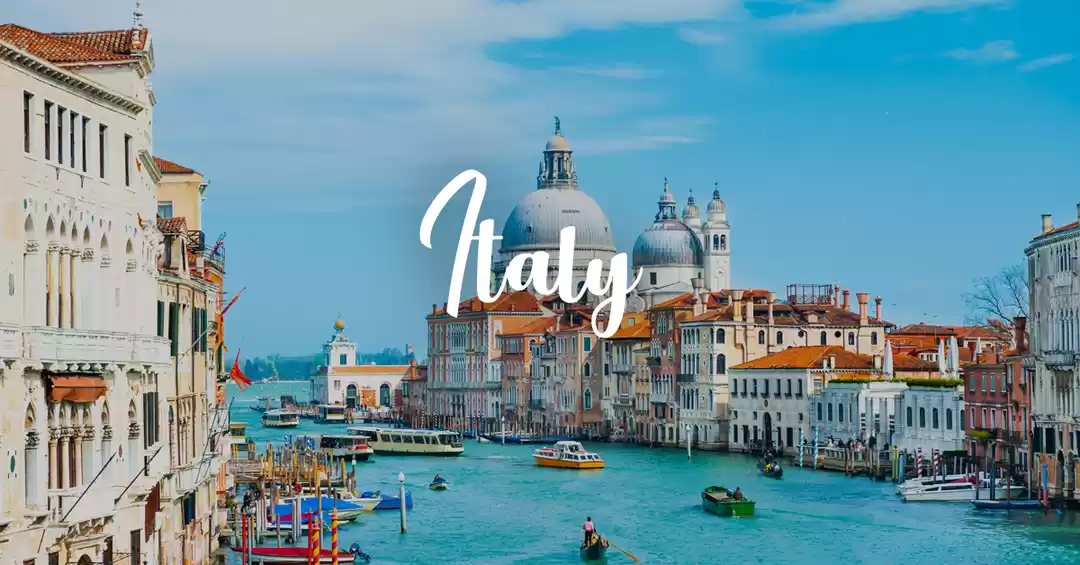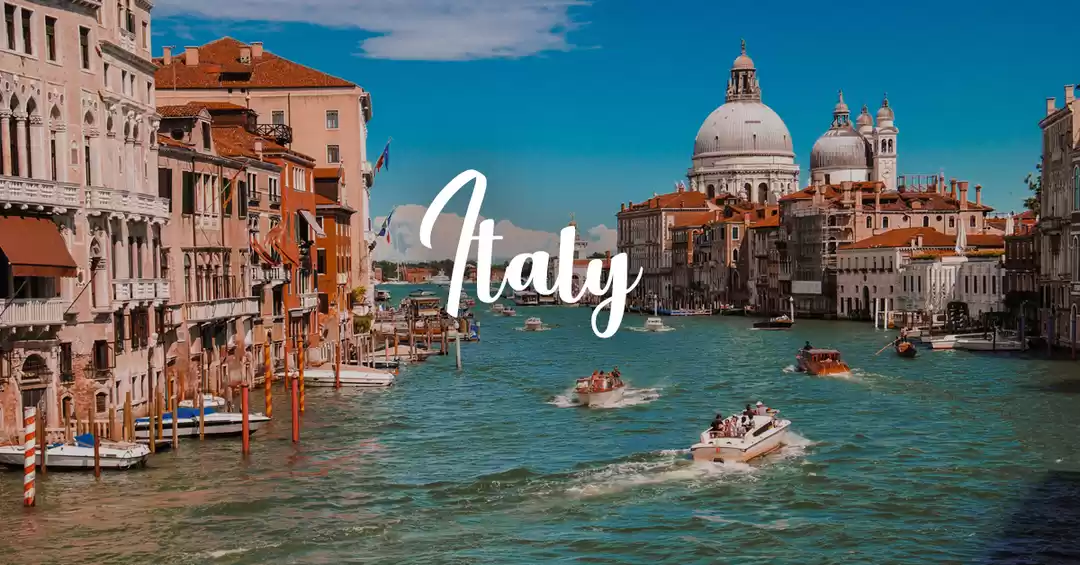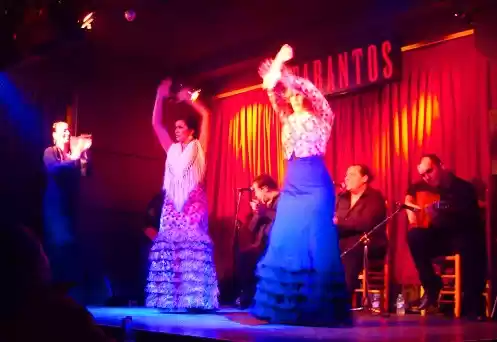Annually, about four million visitors come to beautiful and unusual Barcelona, to admire it and take a memorable photo. Incredibly amazing architectural buildings and creations of the great Gaudi are everywhere. Due to their uniqueness and beauty, they are included in the list of cultural heritage of UNESCO. Let's have a closer look at them:
Casa Vicens House is the first significant work of Antoni Gaudi, built by the order of the owner of the ceramic tile and brick factory Manuel Vicens i Montaner. Inspecting the future construction site, Gaudi discovered a giant blossoming palm, surrounded by yellow flowers – marigolds. All these motives Gaudi included in the design of the house. Since the house is a private domain, it is closed to visitors.


Güell Palace is the next large-scale project. To surprise the spectators who are far away from the building, Gaudi constructed unusual chimney towers. In the castle, the roof is designed according to the "scenographic" principle. Each chimney is made in the form of a quaint turret, turning the roof into a magical garden. This is Gaudi's favorite reception that he used in many of his future projects.


The Church of Colònia Güell is located in Santa Coloma de Cervelló near Barcelona. It is considered one of the most ambitious designs of the industrialist and Count Eusebi Güell. Colònia Güell was conceived as a small town with its own infrastructure. There were built shops, a school, a clinic and even a theater. The settlement needed its own church. The temple project was designed by Antoni Gaudi himself. The embodiment of a large project began according to previously drafted sketches from the erection of the vestibule of the church – the chapels. As Güell's business was becoming less beneficial, the church wasn't completed and only the crypt was finished.


Gingerbread houses of Gaudi being one of the symbols of the capital of Catalonia, are found on postcards, magnets and other souvenirs. And we can find them in the Park Güell. In 1900, the richest man in Catalonia, Eusebi Güell, decided to make an investment in such a housing complex, and Antoni Gaudi was hired for architectural work. However, for unknown reasons the project failed and out of 62 sites that housed the city, it was possible to file only 2. After the death of Güell, his descendants sold the city park to the City Hall of Barcelona.


Casa Batlló belongs to the late creations of the great architect; he worked on this project over the age of 50. The Casa Batlló was built in 1877 and commissioned by Lluís Sala Sánchez and then bought and renovated by Gaudi for the textile tycoon Mr. Josep Batlló I Casanovas in 1900-1906. The main facade is impressive as if a giant dragon lay down on the entire length of the construction. In its design, you will not see straight lines. Wavy outlines are everywhere.


Casa Milà is also called "open quarry". It was the penultimate construction designed by Antoni Gaudi in 1906-1910. Casa Milà was a private residence for businessman Pere Milà and his wife Roser Segimon. The exterior has marine motifs, resembling rocks carved in waves, the forged decoration of balconies is like seaweed, and the play of color and shadows creates the illusion of continuous movement. The interior was designed in a typical architecture style with elliptical and rounded shapes.


Sagrada Família or the Basilica and Expiatory Church of the Holy Family is Antonio Gaudí's main masterpiece, to which he devoted 43 years of his life between 1883 and 1926. The Temple is the last unfinished work of Antoni Gaudi. The church was commenced under architect Francisco Paula de Villar in 1852, but has not been completed yet. Completion of construction is expected not earlier than in 2026. Thanks Gaudi’s ambitions, the Church of the Holy Family became a unique combination of Art Nouveau and Gothic style. The facades of the cathedral today are decorated with sculptures depicting not only biblical characters, but also animals, grapes and various symbols reflecting facts from the life of Saints. Inside the cathedral will resemble a forest, with stars staring through the branches of trees.


Gaudi died at the age of 73 years next to the creation of his whole life, the Sagrada Família, under the rails of the first tram by the Tibidabo Mountain, when less than a quarter of it was completed.
Today, the buildings of Gaudi enchant tourists and specialists from all over the world with their boldness of forms. If you want to discover a splendid world of Gaudi, get a car rental in Barcelona and start your great journey!
























